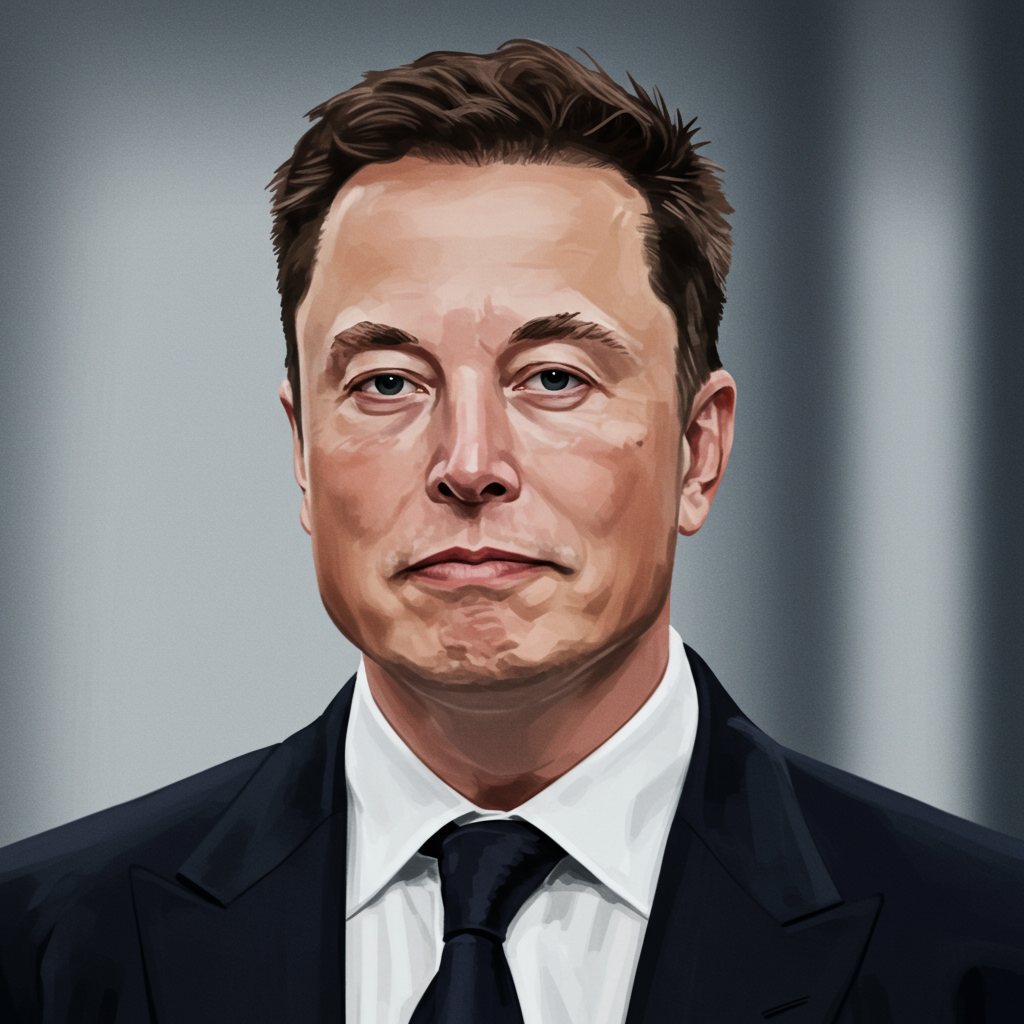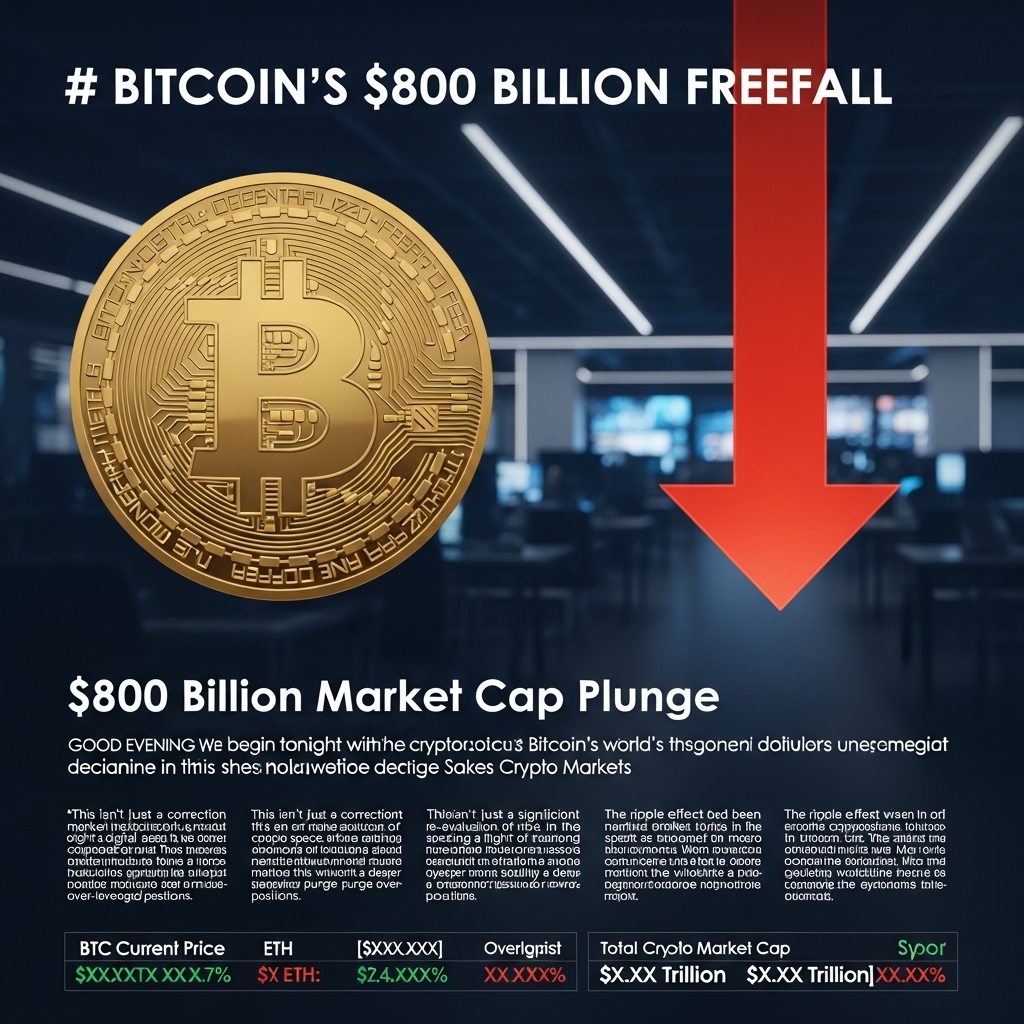tesla, the world’s leading electric vehicle manufacturer headed by Elon Musk, just announced a significant drop in global vehicle deliveries for the second quarter of 2025. This marks the second consecutive quarter where the company has reported a decline, signaling potentially deeper challenges amid increasing competition and evolving market dynamics. Investors and market watchers are scrutinizing these numbers closely, questioning whether this trend represents a temporary setback or a more prolonged downturn for the EV giant.
The Stark Reality: Numbers Tell the Story
Between April and June 2025, Tesla delivered just over 384,000 vehicles globally. This figure represents a substantial 14% decrease compared to the same three-month period in 2024. Looking back, Q2 2024 saw deliveries exceeding 443,000 units. The sequential drop from Q1 2025, which reported 336,681 deliveries, is less pronounced year-over-year, but the overall downward trend from the previous year persists.
Critically, production levels remained relatively stable during this period. In Q2 2025, Tesla produced approximately 410,000 vehicles, only slightly down from the 410,831 produced in Q2 2024. This disconnect between consistent production and falling deliveries suggests a softening in demand rather than manufacturing constraints.
While core EV deliveries saw a 13.5% dip year-over-year in Q2 2025, certain models experienced even steeper declines. Deliveries of tesla’s polarizing Cybertruck, for instance, reportedly plummeted by over 50%. The reported Q2 delivery numbers fell within the range expected by sellside analysts (380,000-390,000) but exceeded lower projections from online trackers (345,000-360,000).
This performance puts Tesla in a challenging position for the remainder of 2025. To achieve any annual sales growth this year, the company needs to overcome a deficit of around 110,000 vehicles in the third and fourth quarters combined. Most analysts now forecast Tesla will report its second straight year of annual sales decline, projecting total deliveries closer to 1.65 million for 2025, down about 8% from the 1.79 million delivered in 2024.
Understanding the Headwinds: Why Are Deliveries Slumping?
Several significant factors appear to be contributing to Tesla’s current delivery challenges. The most frequently cited reason is the dramatic surge in global EV competition. Companies like China’s BYD are aggressively launching more affordable models, directly challenging Tesla’s dominance, particularly in key international markets. Xiaomi, a newcomer, has seen its SU7 sedan reportedly outsell the Model 3 in China on a monthly basis. General Motors is also gaining ground in the crucial US electric vehicle landscape.
Tesla’s current vehicle lineup is increasingly being perceived by some as “stale” compared to newer, innovative offerings from rivals. While the Model Y received a refresh, it seemingly hasn’t provided the significant sales boost that was anticipated for the quarter. Hopes for new, more affordable models to enter production in the first half of 2025 have not materialized, leading analysts to speculate on delays that impact potential future demand.
Adding to market pressures, the overall growth rate in key EV markets, including China and parts of Europe, has been slowing down. This cooling demand environment exacerbates the impact of intense competition.
The Lingering “Musk Factor” and Political Turmoil
Beyond market fundamentals, analysts and commentators point to the ongoing “Musk factor” as a potential drag on demand. While Elon Musk’s public persona was once seen as a major asset for Tesla, driving excitement and interest, recent controversies and increasingly visible political activities are believed by some to be alienating potential customers.
Musk’s involvement in the Trump administration, including a role as a government efficiency czar (which he left in May 2025), has been linked to negative sentiment. More recently, a public feud between Musk and former President Donald Trump erupted over a proposed major spending bill. Trump reportedly threatened to use a government efficiency program, playfully dubbed “Doge,” to scrutinize the significant subsidies received by Musk’s companies. Trump also suggested possible deportation and tied Musk’s opposition to the bill to provisions that would remove consumer EV purchase incentives. Musk publicly challenged Trump to “CUT IT ALL.”
While difficult to quantify directly, the article suggests that this level of public controversy and political spat, coupled with broader backlash against Musk, might be contributing to a decline in consumer goodwill or outright avoidance of the brand for some buyers.
Navigating the Future: Analyst Views and Strategic Shifts
Despite the challenging Q2 report, some analysts remain cautiously optimistic, or at least see a potential turning point. Gene Munster of Deepwater Asset Management suggested the approximately 14% drop likely marks the “bottom” for the current downturn. He projects a smaller decline in Q3 (around 10%) and anticipates deliveries stabilizing in Q4.
Munster also believes that uncertainty surrounding potential changes to the US EV tax credit could ironically boost near-term sales as buyers might rush to purchase eligible vehicles before any deadlines or rule changes.
Looking beyond current sales figures, the focus on autonomous driving technology and the Robotaxi project is seen as increasingly critical. Tesla launched a limited robotaxi service in Austin, Texas, recently, although its rollout was described as uncertain and has already drawn scrutiny from federal safety regulators regarding observed erratic behavior.
Analysts like Munster suggest that investors may accept flat or even slightly declining delivery numbers over the next couple of years if Tesla demonstrates significant, measurable progress in achieving full autonomy. This indicates a potential shift in how the market values Tesla, moving partially from a traditional carmaker model to a tech/services valuation based on future autonomy revenue.
In response to the sales challenges and other operational issues, Musk is reportedly taking more direct control of Tesla’s core car business. Omead Afshar, who oversaw North American and European sales and manufacturing, has departed, with those regions now reporting directly to Musk. Senior Vice President Tom Zhu retains oversight of Asian sales and adds global manufacturing responsibilities. Analyst speculation about delays in new, more affordable models also suggests potential strategic adjustments may be needed to counter competitive pricing pressures.
Regional Nuance: The China Picture
Performance in the Chinese market, a key battleground for global EV makers, offers a mixed picture for Tesla. Data for June 2025 showed a modest 0.8% increase in sales of China-made EVs (Model 3 and Model Y, including exports) compared to June 2024. This broke an eight-month streak of year-over-year declines, suggesting a flicker of recovery.
However, the quarterly trend for China-made vehicles remains negative. Deliveries in Q2 2025 were down 6.8% year-over-year, marking the third consecutive quarterly decline for this crucial segment. Competition is particularly fierce in China, with domestic players like BYD achieving 11% global sales growth in June and new entrants like Xiaomi undercutting Tesla on price for comparable models.
Interestingly, Tesla has not followed competitors in aggressively cutting prices in China recently. Instead, the company slightly raised the price of the long-range Model 3 variant while simultaneously increasing its range. This strategy contrasts with the broader trend of price wars and intense competition driven by lower-cost alternatives. Research firm Counterpoint Research forecasts that Tesla’s global EV market share will fall to 13% in 2025, while BYD is expected to capture 20% of the market.
Frequently Asked Questions
What were Tesla’s delivery numbers for Q2 2025, and how did they compare to previous periods?
Tesla reported delivering just over 384,000 vehicles globally in the second quarter of 2025. This figure represents a approximately 14% year-over-year decline compared to the 443,956 deliveries in Q2 2024. It also marks the second consecutive quarter with a year-over-year drop, following a similar decline in Q1 2025. Production remained relatively stable, suggesting a dip in demand rather than supply constraints.
Why are analysts divided on the outlook for Tesla’s sales after this decline?
Analysts offer differing perspectives based on various factors. Some are pessimistic, citing intense competition from cheaper rivals, a perceived “stale” product lineup, and a cooling global EV market. They forecast a second consecutive year of annual sales decline for Tesla. Others, like Gene Munster, suggest Q2 might represent the “bottom” and expect stabilization later in the year. They point to potential near-term boosts from EV tax credit uncertainty and believe future value creation hinges on progress in autonomous driving and the Robotaxi project, potentially offsetting flat delivery numbers in the short term.
How might Tesla’s focus on Robotaxi and autonomous driving impact its future sales performance?
Tesla’s push into robotaxis, recently initiated in Austin, Texas, is seen by some analysts as a potentially critical future driver for the company, shifting its focus beyond traditional vehicle sales. If Tesla demonstrates significant progress and achieves commercially viable full autonomy, investors might increasingly value the company based on future revenue streams from robotaxi services and autonomous technology licensing, rather than solely on quarterly vehicle delivery volumes. This strategic shift could make investors more tolerant of flat or even slightly declining traditional vehicle sales numbers in the near term.
What’s Next for Tesla?
Tesla faces a complex landscape. The immediate challenge is navigating intense global competition, particularly from companies offering lower-cost EVs, and addressing the perception of a lineup that needs refreshing. The cooling growth rate in some major EV markets adds another layer of difficulty. External factors, including the ongoing controversies surrounding CEO Elon Musk and potential changes to government incentives, could also influence consumer sentiment and sales performance.
However, the company is betting heavily on its advancements in artificial intelligence and autonomous driving, hoping its Robotaxi ambitions will unlock significant future value. The coming quarters will reveal whether the Q2 decline was a temporary low point, as some analysts predict, or if Tesla needs to implement more fundamental changes to recapture growth momentum in the rapidly evolving electric vehicle industry.




